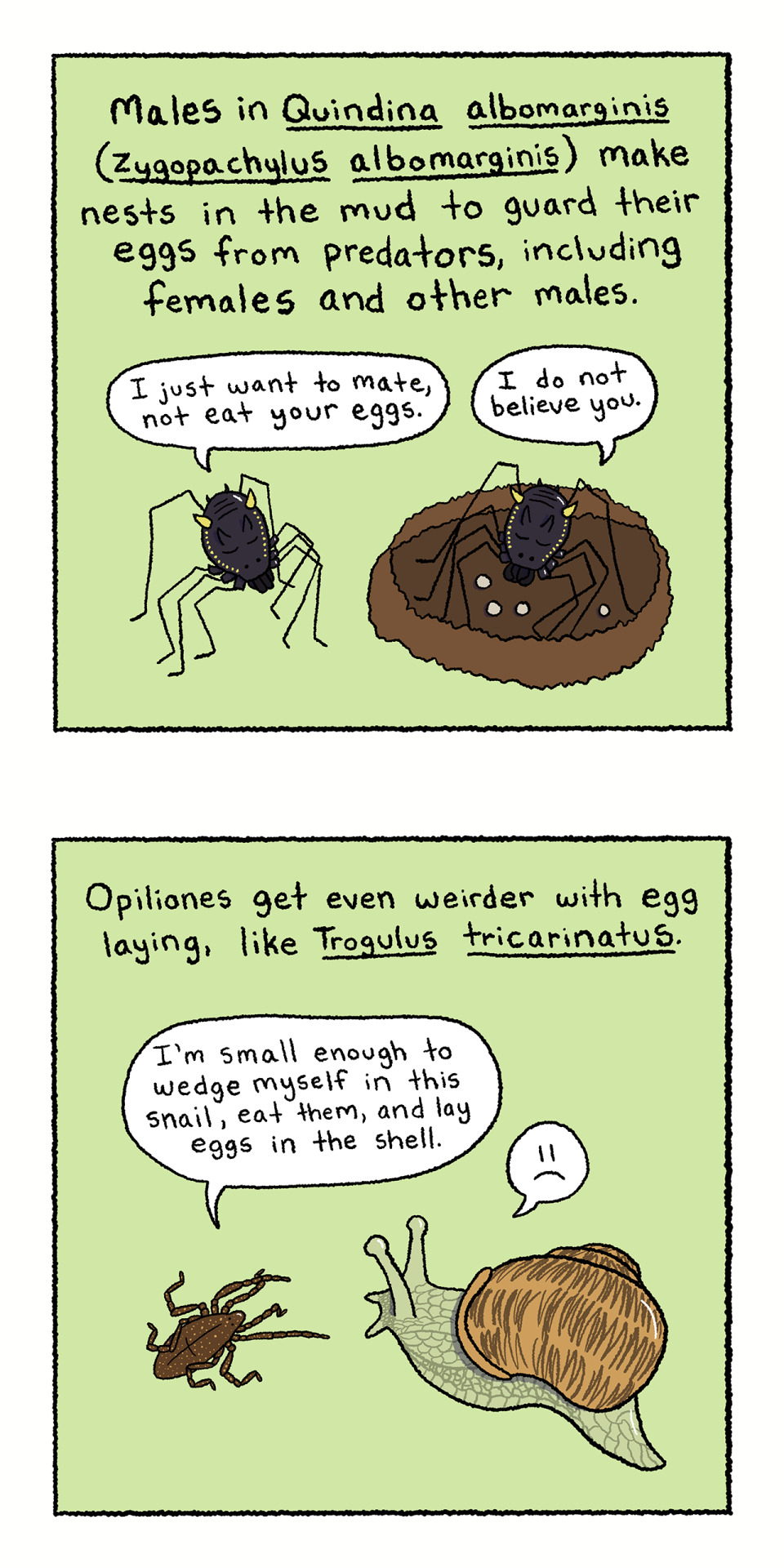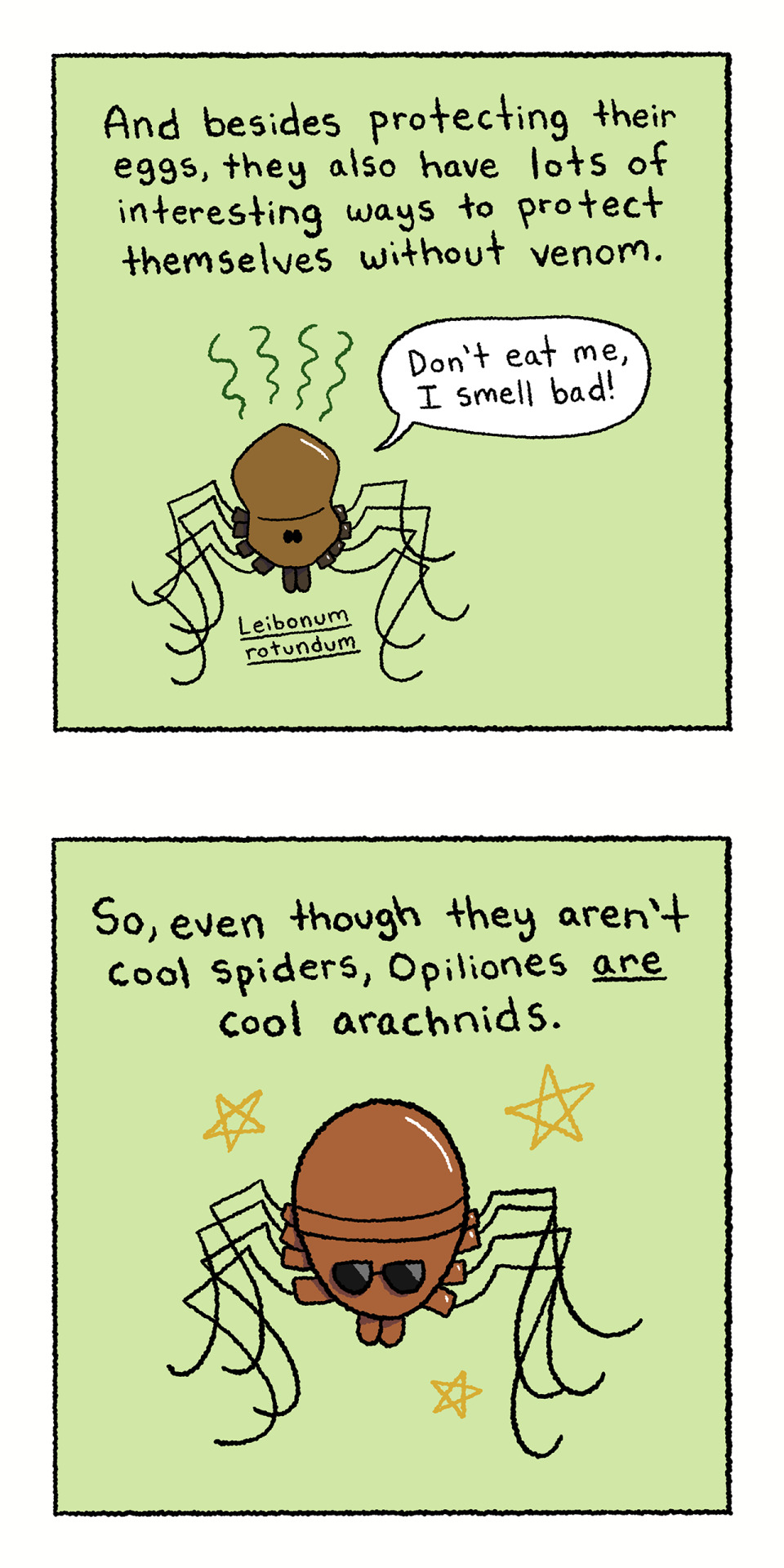Text
What's most amazing about people who hate that birds are dinosaurs is that, without the discovery of birds being dinosaurs in the 1960s, none of y'all would have ever actually cared about dinosaurs
the history:
dino craze in 1800s. people thought, birds are very similar to these guys. Dollo fucked it up, made a bad theory, and people stopped thinking that
Early 1900s, dinosaurs deemed sluggish, stupid, pointless evolutionary failures. most people not really into dinosaurs anymore. this continues until
1960s: Deinonychus discovered. suddenly, dinosaurs interesting again: vibrant, lively, warm blooded animals. Also... birds might be dinosaurs?
from the 60s through the 70s, a slow buildup of dinosaur culture - both in crappy stop motion movies, but also in children's books and other media
80s cladistics revolution shows birds are living dinosaurs, though not without flaws. documentary after documentary is made, causing the major dinosaur boom of the late 80s and early 90s
the peak of this boom are the A&E and PBS documentaries, which both outright state birds are dinosaurs
cartoons like land before time and other dinosaur content keep coming out too, especially at the end of the 80s and the earliest 90s
the book jurassic park, referencing the birds are dinosaurs thing, is written in the late 80s. in the early 90s, is adapted into one of the greatest blockbusters of all time. now dinosaur interest is MAINSTREAM.
jurassic park isn't the start of the dinosaur boom, it is the apex
90s becomes the decade of dinosaurs, with tons of new discoveries, television shows, documentaries, and other programming
1996 first feathered "nonavian" dinosaur discovered. birds are dinosaurs is the closest thing we have to proven phylogenetic fact
1999 walking with dinosaurs premieres, revolutionizing the dinosaur-documentary genre.
early 2000s becomes the age of Period-Type Dino-Docu-Dramas
velociraptor is determined to have feathers
suddenly, dinosaur mania starts to die in the later 2000s
even though discoveries keep happening and we learn so much in the 2010s, the 2010s becomes a very regressive time - a sort of reactionary response to the birdification of dinosaurs and the dinosaurification of birds. the height of this is jurassic world
we may be in the middle of a dino-docu-drama revitilization thanks to prehistoric planet. stay tuned on that one
like, everyone was fine with the birdification of dinosaurs up and until they looked "feminine" on the outside, because of feathers.
It's just all such transparent misogyny and homophobia and people who react against feathered dinosaurs or birds being dinosaurs are just... so transparently parroting conservative talking points
Anyways, yeah. without birds are dinosaurs, you wouldn't have jurassic park. Sooooo
2K notes
·
View notes
Text
babygirl i’ve misread social cues you can’t even imagine
39K notes
·
View notes
Text
Also I was looking at 2021 in paleontology and apparently this year we discovered this awful shark that is wider than it is long
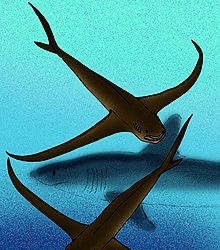
why
92K notes
·
View notes
Text
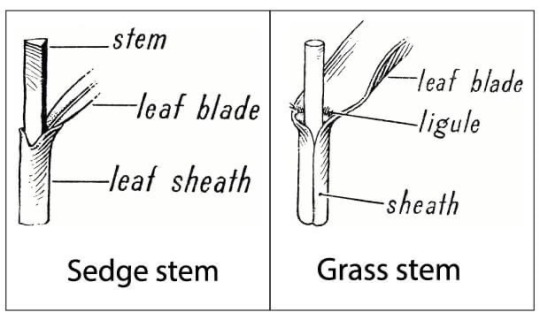
I’m sorry, but some of y’all really need to see this…
3K notes
·
View notes
Text


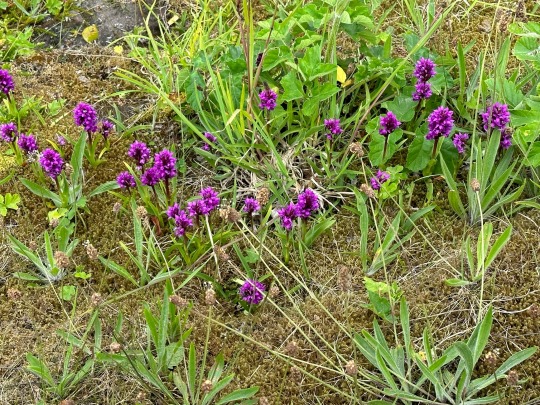

Plant of the Day
Thursday 29 June 2023
Walking along the main road into Lerwick, Shetland, my friend and I noticed this amazing group of Dactylorhiza purpurella (northern marsh-orchid) which had colonised this dry embankment which was part of a car park landscaping. This orchid is normally found in marshy fields, roadside verges, fens, marshes and sand-dune slacks that remain damp throughout the year but plants will grow in drier places such as old waste tips, abandoned quarries and apparently car parks.
Jill Raggett
154 notes
·
View notes
Text
"Stem group" this and "Crown group" that. Stop letting neontologists control you. Who cares if the group is related to Extant creatures or not. We can name groups based on whatever the hell we think is best. Paleontologists rise up. We have nothing to lose but our chains
144 notes
·
View notes
Text
Glaze is out!
Tired of having your artwork used for AI training but find watermarks dismaying and ineffective?
Well check this out! Software that makes your Art look messed up to training AIs and unusable in a data set but nearly unchanged to human eyes.
I just learned about this. It's in Beta. Please read all the information before using.
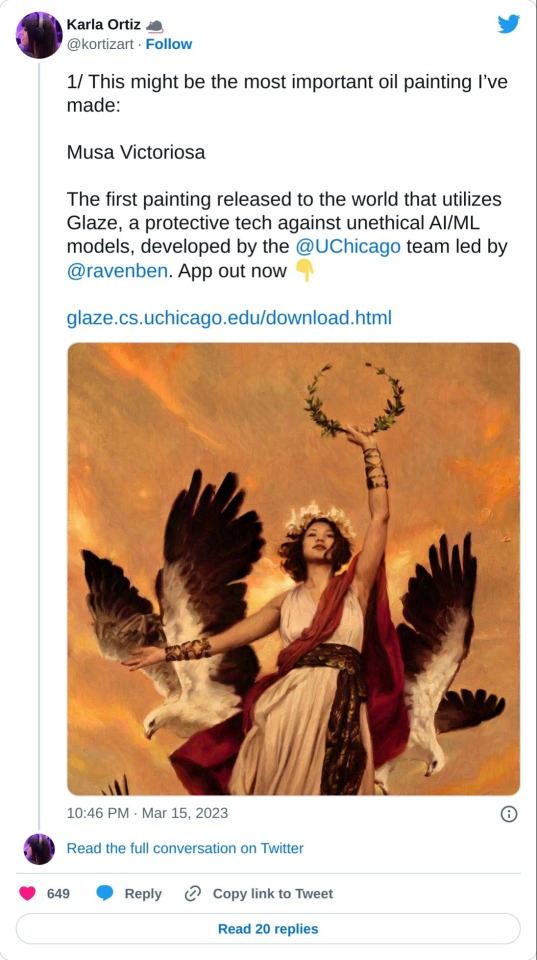
164K notes
·
View notes
Photo

my aunt who owns horses constantly posts these excellent horse memes
173K notes
·
View notes
Text
Gingko Tree (Ginkgo biloba) wondering where all the Jurassic pollinators have gone vs. Avocado Tree (Persea americana) wondering where all the Pleistocene megafauna have gone
They’re also girlfriends
147 notes
·
View notes
Text
Most People: Ducks are so silly! Quack quack!
Me: Anseriformes are one of the few groups of animals we know were probably present before and after the end-Cretaceous, meaning ducks are Survivors of Extraterrestrial Nuclear Winters, and we should all fear their power.
Quack Quack.
9K notes
·
View notes
Text
Fun Fact: Starfish get around using a hydraulic system!
I want to start off by saying: you may have heard that starfish have sea water instead of blood! This is not true!
Before I explain, let me point out this little dot that every starfish has (and I SWEAR that this is relevant)

(It’s like they all have lil’ buttons on! 1, 2, 3)
This little spot is known as a madreporite, from Italian madre (”mother”) + Latin poro (”pore”).
What is it? Well, to over-simplify:
The madreporite is basically a pressure valve for the insides of the starfish. It lets water in and out of its water vascular system as needed. In order to prevent debris and sea life and other non-desirables from getting inside the starfish, the madreporite filters the water that it takes in.
this is what the madreporite looks like up close:

(Name origin: apparently someone saw that and thought “huh, that kind of looks like madrepore coral, but tiny! They… weren’t wrong.)
Now, you may look at the name “water vascular system” and think “hey, I know ‘vascular’! That’s related to blood!” This is a reasonable misunderstanding.
While in humans, the circulatory system is part of a vascular system (along with our lymphatic system) in the starfish’s water vascular system, seawater is NOT analogous to blood in a circulatory system. Or, well, it’s complicated, because it does do some things that are similar to a mammalian circulatory system, such as transporting certain types of immune cells, but still (source: Ferguson 1966)
Instead, these seawater-filled tubes are used for things such as the movement of starfish arms (and their little tube feet), which in turn allows them to move around their environment, find and consume food, and stick to surfaces. Mammals generally don’t use their circulatory systems in this way (if I am wrong about this, PLEASE let me know, as that would be absolutely WILD).

(diagram of a starfish’s water-vascular system, revealing the starfish’s final form: some sort of fidget toy, I think)
I admit that “starfish use seawater instead of blood” is a much more attention-grabbing headline, but it’s not true, and it’s also kind of sad, because the water-vascular system is really cool without the misinformation!
(before you ask, yes, this entire post was prompted by one (1) person saying something that was WRONG, and that person may or may not have been related to me 😤😭😭😭😭😭)
The water-vascular system is, essentially, a hydraulic system. By adding and expelling water, as well as opening and closing internal channels via muscle contractions, starfish can create positive and negative pressure within their bodies. This allows them to “flex” their tube feet in surprisingly complex ways, among other functions.
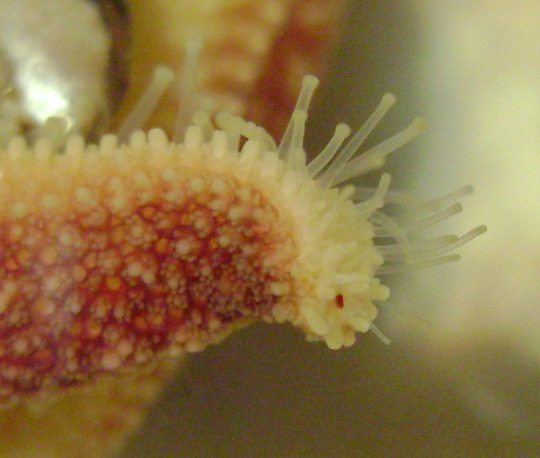
(these^ are a starfish’s “tube feet”. They are little structures with suckers on the ends. If you’ve ever held a starfish in your hands, you probably felt these feet holding onto you. They have a surprising amount of strength!)
You can imagine this sort of like how a whacky inflatable tube man uses air pressure to straighten up and fall down, except with hundreds in one connected, complex system (and also the pressure is more tightly controlled in order to prevent all that flailing, and also to allow fine control required for things like ripping open a mollusc shell).

(I always imagine this when looking at starfish tube feet. And now, maybe you will too! join me. 1, 2)
The confusion regarding starfish blood being seawater is understandable, but in the end it’s essentially a misunderstanding.
Plus, starfish have coelomic fluid, which is honestly more analogous to blood.
Coelomic fluid is, basically, the fluid that fills the starfish’s body cavity between all of its organs and such, facilitating nutrient transport, gas exchange, and overall being more blood-like than the water-vascular system in general (Andradre et al. 2021).
And ok, technically the liquid part of coelomic fluid comes from seawater, ultimately, but that would be like saying I, a human, use tap water for blood. And, ok, yes, there is water in my blood, and that water came from the tap, but no one would say that I have tap water instead of blood! Except my brother but he also says trigonometry doesn’t exist so we will be ignoring his opinion at this time.
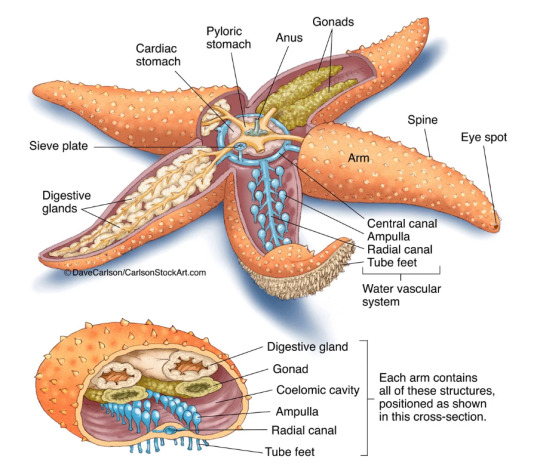
(a more detailed diagram than the one before. The coelomic fluid is found in the coelomic cavity! Also, as a bonus, you now know where a starfish’s anus is! Enjoy this new knowledge next time you look at a starfish! source: x)
Starfish aren’t the only animals with a water vascular system and a madreporite. They can also be spotted in other echinoderms, such as sea urchins, sand dollars, and sea cucumbers (although in the sea cucumber the madreporite is inside the animal, so you probably won’t see it in the wild).

That said, starfish have my favourite madraporites, because I think they look like little badges. They all win the award of being lil friends (and also keystone species that are essential to many marine ecosystems. So.)
This has been Fun Fact Friday, telling you all about wacky lil friends who have funny little feet and DO NOT HAVE SEAWATER INSTEAD OF BLOOD!
I will do battle with my sibling later, as is tradition
Sources under Read More:
Keep reading
1K notes
·
View notes
Text

Table of Spectra. Spectrum analysis in its application to terrestrial substances, and the physical constitution of the heavenly bodies. 1872.
Internet Archive
2K notes
·
View notes
Link
Brian Atkinson, assistant professor of ecology & evolutionary biology at the University of Kansas and curator of paleobotany at the KU Biodiversity Institute, recently published a study of the fossil plant, named Palaeophytocrene chicoensis, in the journal Nature Plants.
“This fossil tells us a really diverse group of flowering plants evolved prior to our original understanding,” Atkinson said.
“The fossil belongs to a group of lianas, which are woody vines that add structural complexity to rainforests. It shows us this group of flowering plants appeared super early in the fossil record. There’d been some hypotheses that they were around in the Cretaceous period—but no good clear evidence. This is a great indicator that structurally complex, modern-type rainforests may have been around as early as 80 million years ago.”
Continue Reading
509 notes
·
View notes





